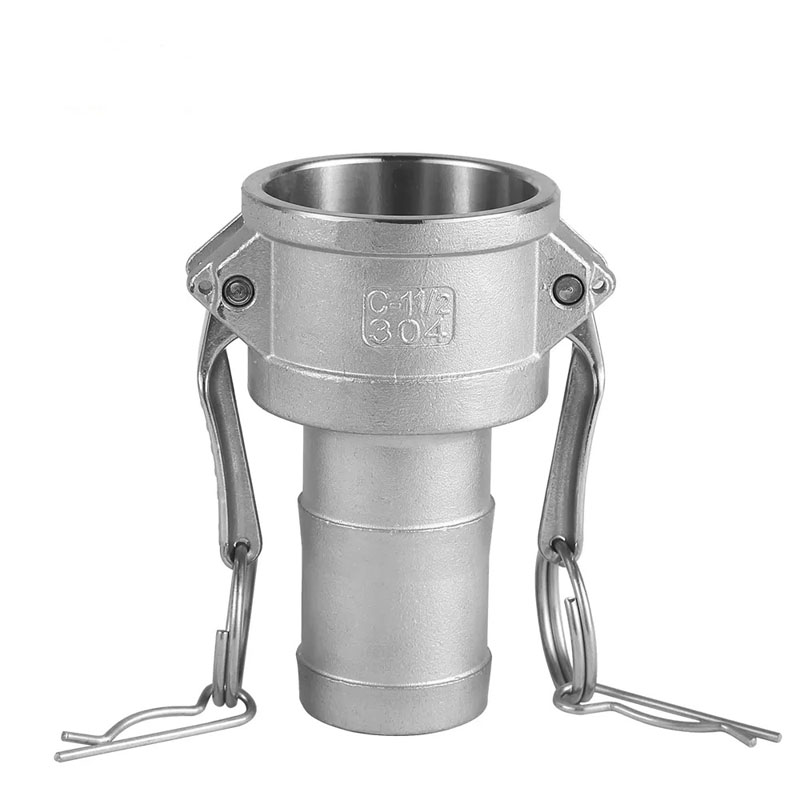What are the main steps in the investment casting process?
2025-03-07
Investment casting, also known as lost-wax casting, is a precision manufacturing process used to produce complex metal parts with fine details and tight tolerances. The process involves several key steps:

1. Pattern Creation
A wax or plastic replica (pattern) of the final part is created using injection molding or manual shaping.
2. Assembly (Tree Building)
Multiple wax patterns are attached to a central wax sprue, forming a “tree” to allow multiple castings in one batch.
3. Shell Building (Ceramic Coating)
The wax assembly is dipped into a ceramic slurry and coated with fine sand. This process is repeated several times to build a strong, heat-resistant shell.
4. Wax Removal (Dewaxing)
The ceramic-coated mold is heated in a furnace or autoclave to melt and drain out the wax, leaving behind a hollow ceramic shell.
5. Shell Firing (Preheating)
The ceramic mold is further heated to remove residual wax and strengthen the shell before casting.
6. Metal Pouring
Molten metal is poured into the preheated ceramic mold, filling the cavity left by the wax pattern.
7. Shell Removal (Knockout)
After solidification, the ceramic shell is broken away using vibration, water blasting, or chemical treatment.
8. Cutting & Finishing
The individual cast parts are cut from the metal tree, and finishing processes like grinding, machining, and surface treatments are applied.
9. Inspection & Quality Control
The final castings are inspected for dimensional accuracy, surface finish, and material integrity using visual, mechanical, and non-destructive testing methods.
Would you like more details on any specific step?


